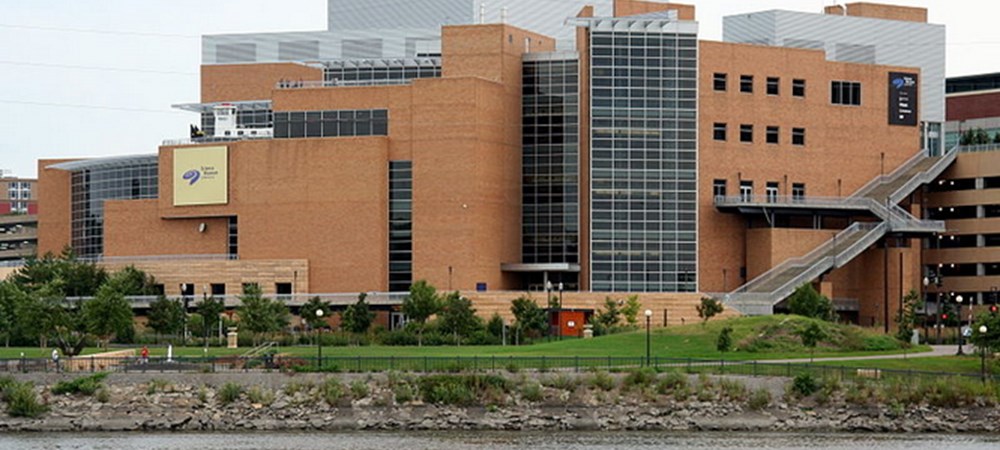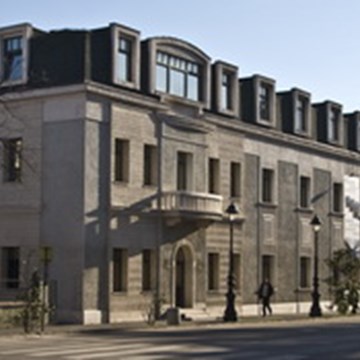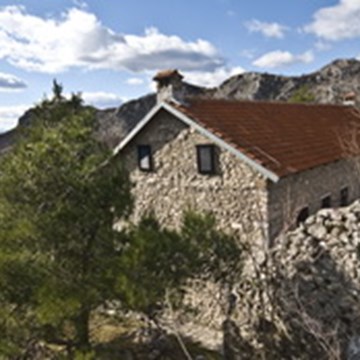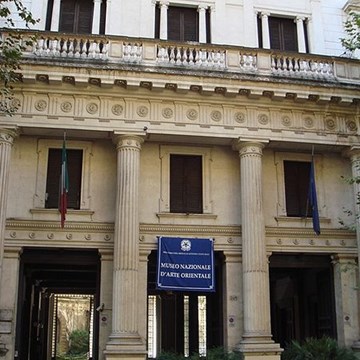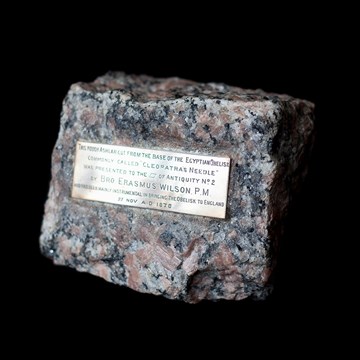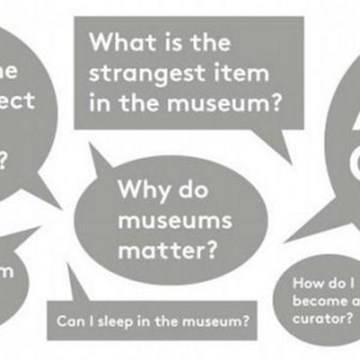Science Museum of Minnesota
The Science Museum of Minnesota is an American museum focused on topics in technology, natural history, physical science and mathematics education. Founded in 1907 and located in Saint Paul, Minnesota, the nonprofit institution is staffed by over 500 employees and over 1,600 volunteers. The museum's mission statement, "Turn on the science: realizing the potential of policy makers, educators, and individuals to achieve full civic and economic participation in the world", reflects its intention to foster science citizenship for all its publics.
There are a number of exhibits that are always in the museum, including:
- The Dinosaurs and Fossils Gallery showcases several real and replicated dinosaur skeletons, as well as many complete and preserved animals. Some highlights include a Triceratops, Diplodocus, Allosaurus, Stegosaurus, and Camptosaurus.
- The Human Body Gallery shows visitors the various tissues, organs, and systems (such as blood or digestion) that make up the human body. Visitors can extract DNA and perform other science experiments in the Cell Lab.
- The Experiment Gallery allows visitors to explore concepts in physics, math, and physical and earth science with interactive displays.
- The Collections Gallery gives visitors a glimpse of what's stored in the museum's Collections Vault. It includes many preserved specimens and cultural artifacts, as well as the Collectors' Corner. Traders (primarily children) bring in natural artifacts they have found to trade them for points or another artifact. (More information is in the Collectors' Corner section of the museum's website.) The Collections Gallery also holds the Museum of Questionable Medical Devices, which the museum acquired in 2002 when its original owner Bob McCoy retired and donated the collection.
- The Mississippi River Gallery takes advantage of the Museum's proximity to the river, and a National Park, to educate visitors about its natural resources. Visitors can learn about the environment and animals of the river.
- The Big Back Yard is an outdoor exhibit that contains information and interactive displays on earth science. A mini golf course lets visitors explore erosion, pollution, and water movement up close. The Science House is a zero emission building aimed at educating visitors about renewable energy and energy conservation.
- Science Buzz is an exhibit where you can dig deeper into science headlines. It is constantly changing and has a presence in each gallery of the museum.
The new building has a dual-screen IMAX/Omnimax theater, with both a wall screen for IMAX films and other flat presentations, and a rotatable dome for viewing Omnitheater films, the first such convertible theater in the Northern Hemisphere.
Text source: http://en.wikipedia.org/wiki/Science_Museum_of_Minnesota
Photo source: http://commons.wikimedia.org/wiki/File:ScienceMuseumOfMinnesota.jpg
Exhibitions and events

Wonder Years
Permanent exhibitionWhy are experiences an important part of development? What do children learn before kindergarten? Big things are happening in young children's brains and bodies! Wonder Years is a new permanent...
Educational programs
We don't have anything to show you here.
Collections
We don't have anything to show you here.
